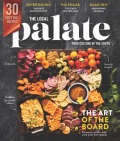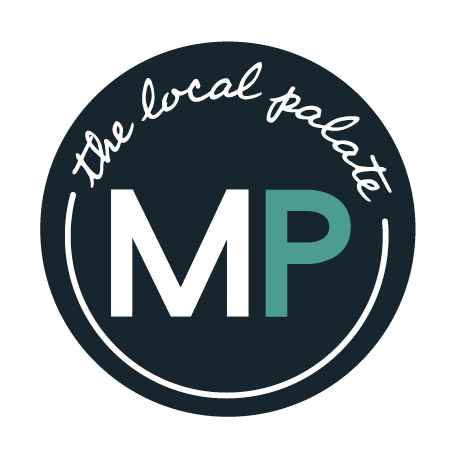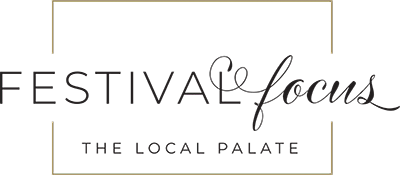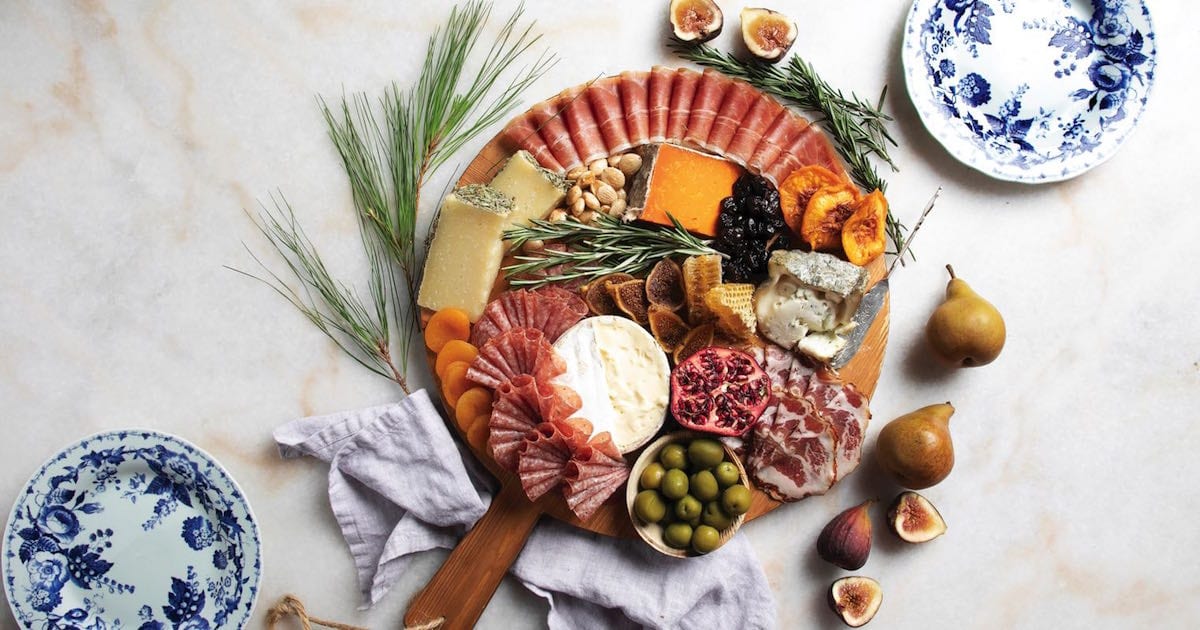Grazing Methods
The perfect cheese board is all about variety, according to Patty Floersheimer, co-owner of cheese shop goat.sheep.cow in Charleston. Her foolproof method is simple: Start with four cheeses—soft, semi-soft, hard, and blue—from a variety of milk sources, such as goat, sheep, cow, or a blend of two or three. (Occasionally, you can find water buffalo in something like a gorgonzola.)
If you tick all those boxes and want to take it up a notch, look for a variety in color. “Not all cheeses are white and yellow,” Floersheimer says. Think bright orange cheddars, verdant herb-crusted rinds, and burgundy hues of wine-infused cheeses.
Charcuterie follows the same idea; look for a range of smoky, piquant, and herbaceous. Mix up the textures—try pairing a hard salami with paper-thin speck or prosciutto and pâté or ‘Nduja (a spicy Spanish pork spread).
All that’s left are the accoutrements. “You have salty covered with the cheese and meats,” Floersheimer says. “Think about what flavors and textures you’re missing.” That means sweetness from dried or fresh fruit (Floersheimer loves pears and figs in the winter) or raw honeycomb for a little wow factor. If you want to amp up a cheese’s tangy notes, whole grain mustard fits the bill. And nuts, while also salty, bring a needed crunch to the party. Just don’t forget the rosemary, says Floersheimer. “It’s not finished until you garnish with a sprig of fresh herbs.”
Cheese and charcuterie board by goat.sheep.cow in Charleston.
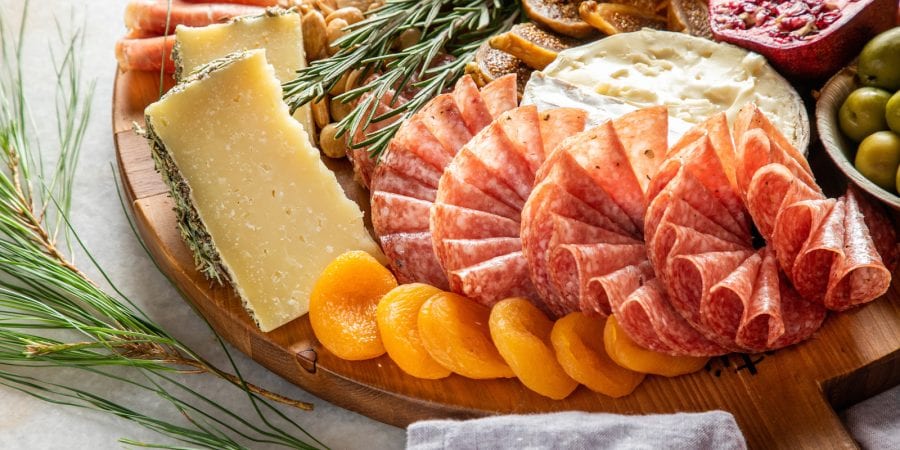
1. GENOA-STYLE SALAMI
A mild, sweet, and dry salami made in Italy.
2. HARBISON
Styled after a famous spruce-wrapped cheese from the French Alps, this soft cheese is wrapped in strips of spruce cambium and aged for up to three months for an earthy and spreadable end product.
Jasper Hill Farm, Greensboro, Vermont
3. Dried apricots offer color and texture.
4. ROMAO
This semi-firm Spanish sheep’s milk cheese is a cousin of Manchego, which is produced in the same region. The rind is rubbed with Ibérico lard and pressed with rosemary before aging for at least eight months.
Castilla-La Mancha, Spain
5. Marcona almonds bring a lightly salted crunch.
6. SPECK
The upscale version of everyone’s favorite breakfast side (“speck” in German translates to “bacon”), this lightly smoked ham is dry-cured for about six months. Find it by its other name: Alto Adige, named for the region in northern Italy where it’s produced.
7. RED LEICESTER
Don’t let the bright orange color fool you: This isn’t your average tangy cheddar. Instead, this crumbly cow’s milk cheese is traditionally clothbound and cave aged for an earthy flavor with nutty notes. And that bold hue? It comes from annatto extract, a natural food coloring derived from the achiote tree.
Leicester, England
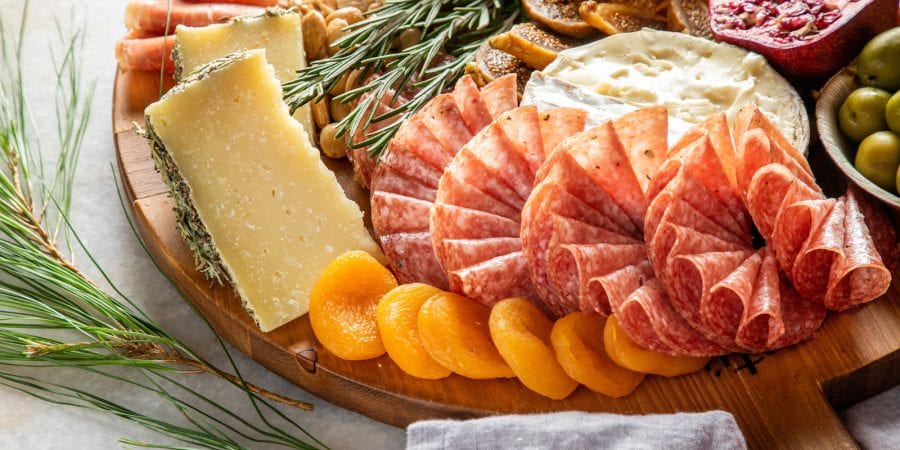
8. Honeycomb and calimyrna figs take your board to the next level.
9. ILLDried cherries and peach slices add a rich sweetness.
10. PERSILLE DE RAMBOUILLET
This goat cheese’s rind is washed in Roquefort spores and aged for sixty days—unlike typical blues, where mold spores are stirred into the cheese base.
Ferme de la Tremblaye, Île-de-France, France
11. HOT COPPA
Spices coat the outside of this beautifully marbled pork shoulder cut, giving it a bit of heat.
12. Castelvetrano olives from Sicily add brininess.
Cheese and charcuterie board by goat.sheep.cow in Charleston.
share
trending content
-
Way Down in Natchitoches
-
Smoked and Savored: Kiawah Island’s Award-Winning BBQ
by TLP's Partners -
How to Preserve with Chef Steve McHugh
by Emily Havener -
Well Preserved: A Chef’s Home Guide to Preservation
by TLP Editors -
Savor Agritourism and Southern Hospitality in Tifton
by TLP's Partners
More From At the Table
-
Well Preserved: A Chef’s Home Guide to Preservation
-
10 Jewish-Inspired Recipes for Rosh Hashanah
-
6 Brunch-Themed Tailgate Recipes
-
Cooking for Comfort
-
Just a Drizzle of Sorghum
